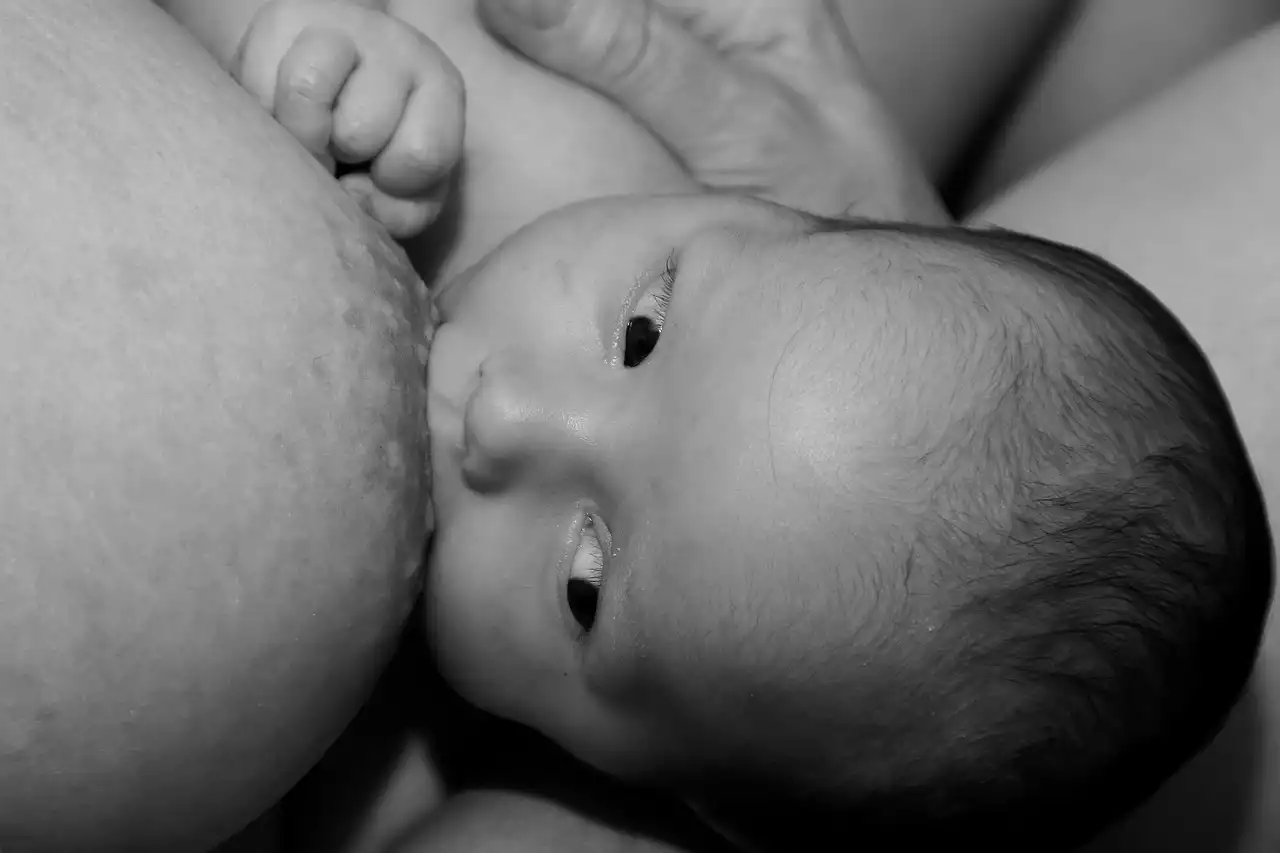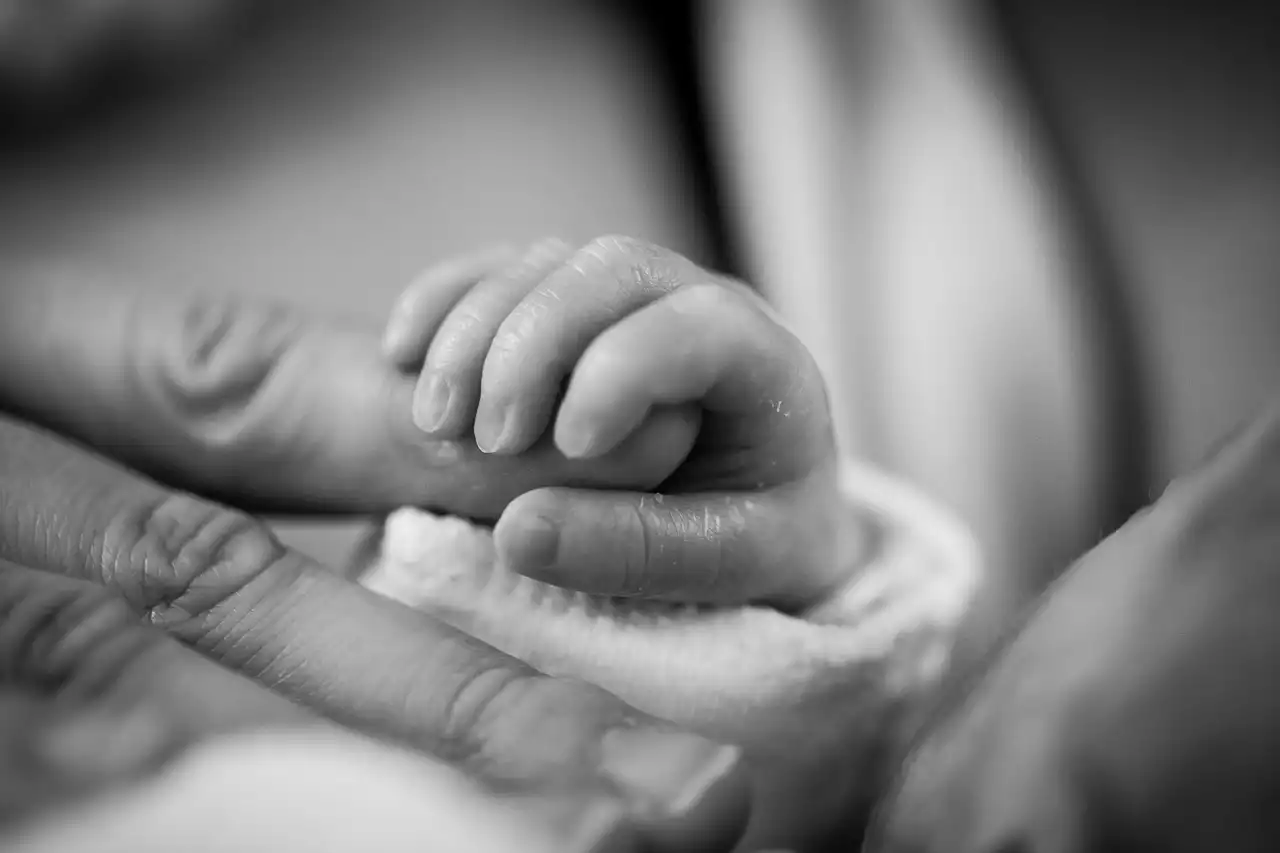Pros and Cons of Vaginal Birth
Vaginal birth is the most common method of delivery, and for good reason. It’s a natural process that allows for a quicker recovery time and a shorter hospital stay. Here are some of the pros and cons of vaginal birth:
Pros of Vaginal Birth
1. Quicker Recovery Time
With vaginal birth, the recovery time is typically shorter than with a C-section. You can usually go home from the hospital within a day or two, and you’ll be able to resume normal activities fairly quickly.
2. Lower Risk of Complications
Vaginal birth carries a lower risk of complications than a C-section. For example, there is a lower risk of infection, bleeding, and blood clots.
3. Better for Breastfeeding
Vaginal birth can be better for breastfeeding, as the baby is often more alert and able to latch on more easily after a vaginal birth.
Normal Vaginal Birth
Cons of Vaginal Birth
1. Painful
Vaginal birth can be very painful, especially during the pushing stage. Pain relief options are available, but they may not always be effective.
2. Risk of Tearing
There is a risk of tearing during vaginal birth, which can be very painful and require stitches.
3. Unpredictable
Vaginal birth is unpredictable, and it’s impossible to know exactly when it will happen. This can make it difficult to plan for childcare and work responsibilities.
Pros and Cons of C-Section
C-sections are becoming more common, and they can be a good option for certain women. However, they do carry some risks and downsides. Here are some of the pros and cons of C-section:
Pros of C-Section
1. Controlled Delivery
C-sections are a controlled delivery method, which means that the baby can be born on a set schedule. This can be helpful if there are medical concerns that require a specific delivery date.
2. Lower Risk of Tearing
C-sections carry a lower risk of tearing than vaginal birth, which can be a relief for some women.
3. Less Painful
C-sections are less painful than vaginal birth, as the mother is given an epidural or spinal block to numb the lower half of her body.
Cons of C-Section
1. Higher Risk of Complications
C-sections carry a higher risk of complications than vaginal birth. For example, there is a higher risk of infection, bleeding, and blood clots.
2. Longer Recovery Time
C-sections require a longer recovery time than vaginal birth, and the mother will need to stay in the hospital for a few days.
3. More Painful Afterward
While the actual delivery may be less painful with a C-section, the recovery period can be more painful than with vaginal birth.
Factors to Consider when Deciding between C-Section and Vaginal Birth
When deciding between C-section and vaginal birth, there are several factors to consider:
1. Medical Concerns
If you have certain medical concerns, a C-section may be necessary. For example, if you have a placenta previa, a C-section may be the safest delivery method.
2. Previous Births
If you’ve had a C-section before, you may be able to have a vaginal birth after C-section (VBAC). However, this decision should be made in consultation with your doctor.
3. Personal Preferences
Your personal preferences should also be taken into account. For example, if you have a fear of vaginal birth, a C-section may be a better option for you.
4. Risks and Benefits
It’s important to weigh the risks and benefits of each delivery method. Your doctor can help you understand the risks and benefits of each method based on your individual situation.
Risks and Complications of C-Section and Vaginal Birth
Both C-section and vaginal birth carry risks and potential complications. Here are some of the potential risks and complications of each method:
Risks and Complications of C-Section
1. Infection
There is a risk of infection with C-section, as with any surgery.
2. Blood Loss
C-sections carry a higher risk of blood loss than vaginal birth.
3. Blood Clots
There is a higher risk of blood clots with C-section than with vaginal birth.
Risks and Complications of Vaginal Birth
1. Tearing
There is a risk of tearing during vaginal birth, which can be painful and require stitches.
2. Infection
There is a risk of infection with vaginal birth, especially if there is an episiotomy (a surgical cut made to widen the vaginal opening).
3. Hemorrhage
There is a risk of hemorrhage (heavy bleeding) during vaginal birth.
Recovery and Healing after C-Section and Vaginal Birth
Both C-section and vaginal birth require a period of recovery and healing. Here’s what you can expect:
Recovery and Healing after C-Section
1. Hospital Stay
You will need to stay in the hospital for a few days after a C-section.
2. Pain Management
You will be given pain medication to manage the pain after the surgery.
3. Restricted Activity
You will need to avoid strenuous activity and heavy lifting for several weeks after the surgery.
Recovery and Healing after Vaginal Birth
1. Hospital Stay
You can typically go home from the hospital within a day or two after a vaginal birth.
2. Pain Management
You may be given pain medication to manage the pain after the birth.
3. Perineal Care
You will need to take care of your perineal area (the area between the vagina and anus) to promote healing.
C-Section vs. Vaginal Birth: Which is Right for You?
Ultimately, the decision between C-section and vaginal birth is a personal one that should be made in consultation with your doctor. Consider your medical history, personal preferences, and the risks and benefits of each method. Your doctor can help you make an informed decision that is right for you.
Tips for Preparing for C-Section or Vaginal Birth
Here are some tips for preparing for C-section or vaginal birth:
1. Attend Prenatal Classes
Prenatal classes can help you prepare for the birthing process and learn about pain management techniques.
2. Talk to Your Doctor
Talk to your doctor about your options and what to expect during the delivery.
3. Make a Birth Plan
Consider making a birth plan that outlines your preferences for the delivery.
Support and Resources for C-Section and Vaginal Birth
There are many resources available for women who are preparing for C-section or vaginal birth. Here are a few:
1. Lamaze International
Lamaze International offers childbirth education classes and resources for women who are preparing for birth.
2. American College of Obstetricians and Gynecologists
The American College of Obstetricians and Gynecologists offers resources and information on pregnancy and childbirth.
3. La Leche League International
La Leche League International offers support and resources for women who are breastfeeding.
Conclusion: Making an Informed Choice for You and Your Baby
When it comes to delivering your baby, there are many options to consider. C-section and vaginal birth both have their pros and cons, so it’s important to weigh the risks and benefits of each method and make an informed decision. Talk to your doctor, attend prenatal classes, and consider your personal preferences and medical history when making your decision. With the right preparation and support, you can have a safe and positive birth experience.








.png?size=50)

